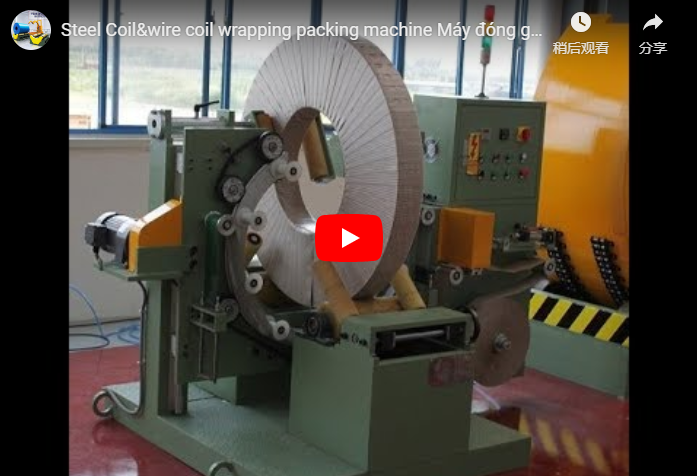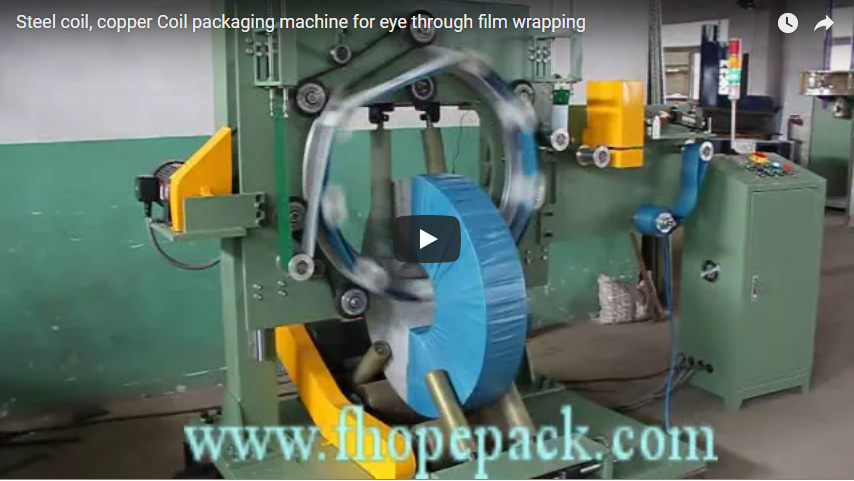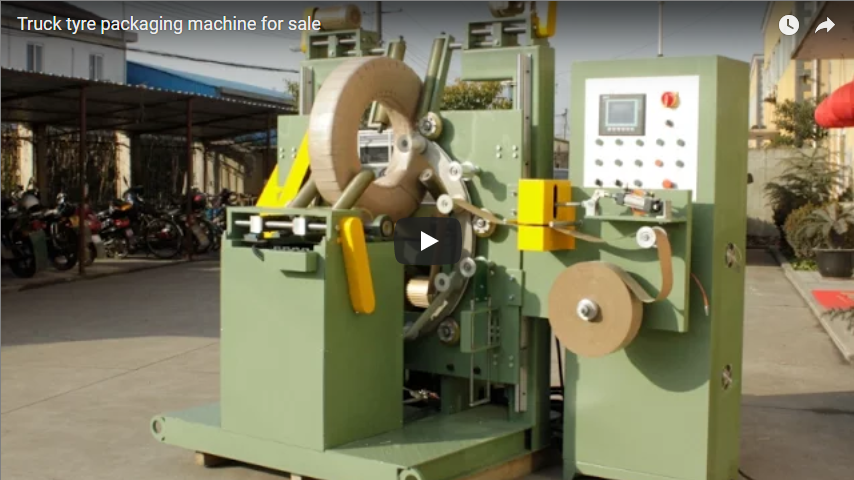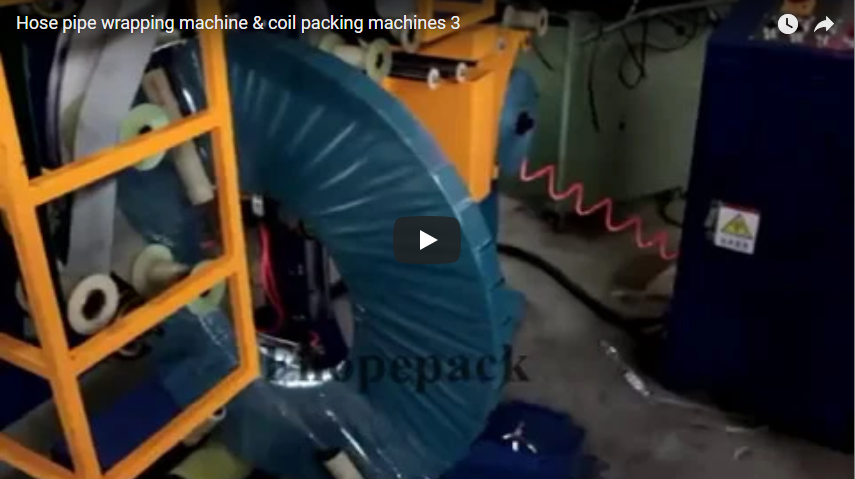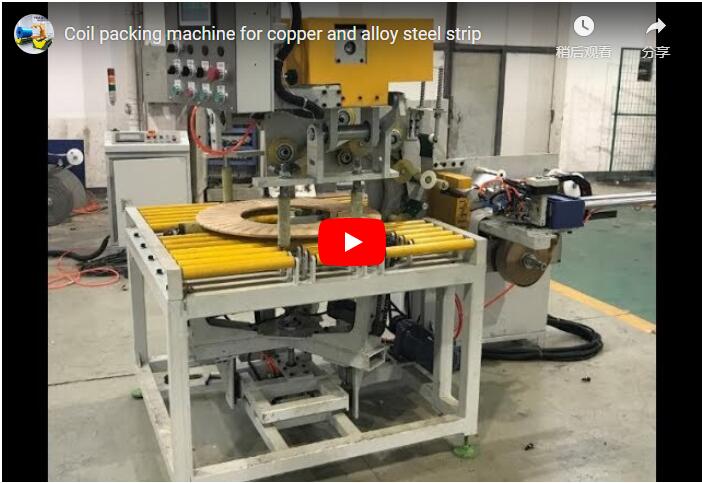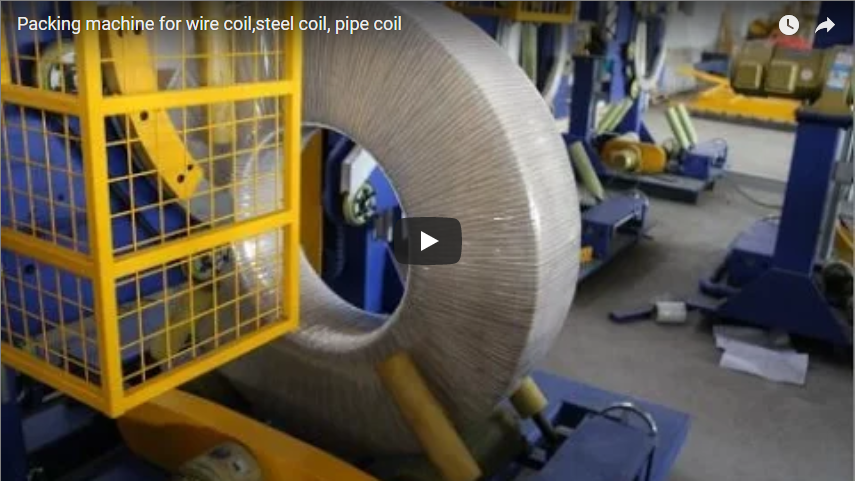Advancing Steel Coil Processing: Integrating Automated Labeling and Packaging
The steel processing and distribution sector operates under relentless demands for efficiency, accuracy, and safety. Handling heavy, large-diameter steel coils presents significant logistical challenges, particularly in the critical final stages of labeling and packaging. Traditional manual or semi-automated methods often introduce bottlenecks, increase the risk of workplace injuries, and can lead to costly errors in identification and packaging integrity. Addressing these challenges requires sophisticated automation, integrating key processes into a seamless workflow.
The Imperative for Automation in Coil Finishing
Manual labeling and packing operations for steel coils are fraught with potential issues:
- Safety Concerns: Manual handling of labels, strapping, and wrapping materials around heavy coils poses ergonomic risks.
- Inconsistent Application: Manual application of labels and packaging materials can vary, potentially compromising label adhesion or package security.
- Data Errors: Manual data entry or label selection increases the likelihood of incorrect coil identification, leading to traceability issues and shipping errors.
- Throughput Limitations: Manual processes inherently limit the speed at which coils can be processed, creating bottlenecks in the production line.
- Material Waste: Inconsistent application of wrapping film or strapping can lead to excessive material consumption.
Driven by these factors and the need for enhanced supply chain visibility, the industry is increasingly adopting fully automated solutions. Research published in journals like the Iron and Steel Technology highlights the significant ROI achieved through automation in metals processing, citing reductions in cycle times and improvements in quality control.
Integrated Systems: A Leap Forward in Efficiency and Accuracy
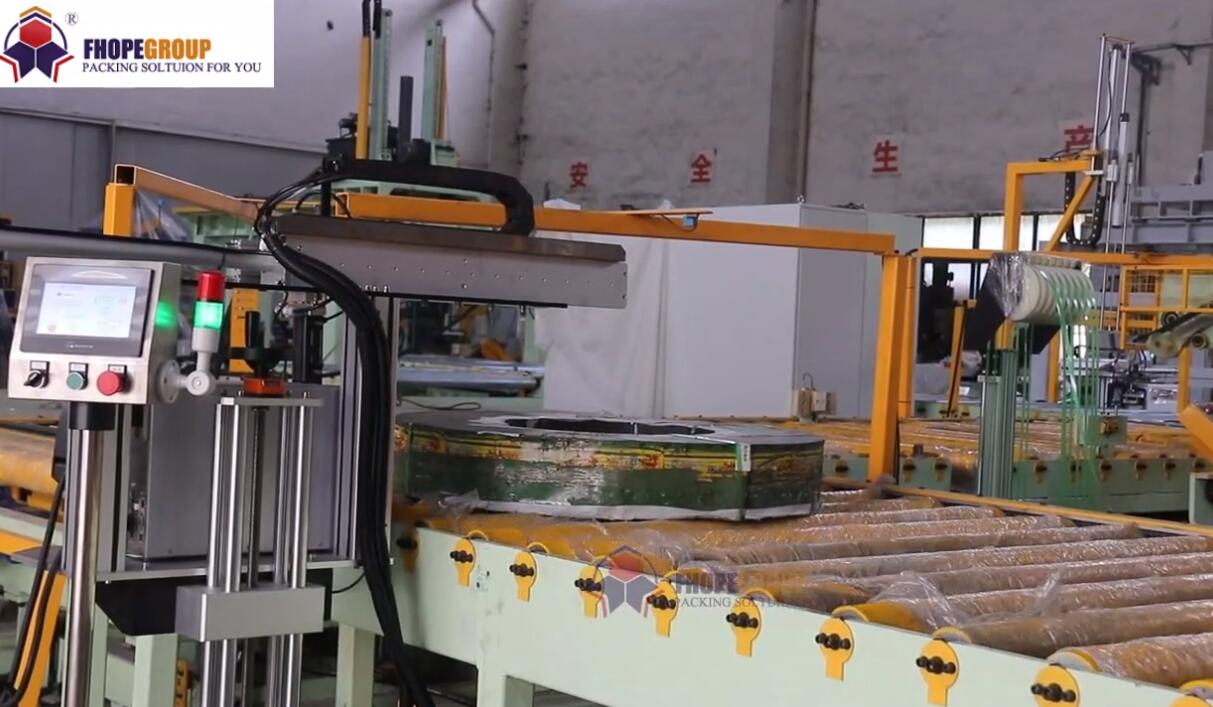
Automated systems that combine high-precision labeling with robust packaging functionalities represent a significant technological advancement. Solutions like the automatic steel coil label printing and packing machine developed by FHOPE exemplify this integrated approach, streamlining operations from identification to final dispatch preparation. These systems leverage several core technologies:
Key Technological Components:
- Automated Coil Handling: Precision conveyors, sensors (optical, laser-based for diameter/width measurement), and centering mechanisms ensure accurate coil positioning for subsequent processes. Patent literature (e.g., USPTO filings on automated material handling) often details sophisticated gripper and alignment technologies designed for variable coil geometries.
- Advanced Labeling Technology:
- Printing: High-resolution thermal transfer or even laser marking technologies ensure durable, high-contrast print on specialized label media (e.g., polyester, polyimide, or metal tags) capable of withstanding harsh industrial environments and outdoor storage, a frequent topic in packaging science journals.
- Data: Systems print barcodes (Code 128, Code 39), 2D codes (QR, Data Matrix), and human-readable text. Integration with plant Manufacturing Execution Systems (MES) or Enterprise Resource Planning (ERP) systems allows for real-time, variable data printing based on production orders, ensuring end-to-end traceability. RFID tag application is also an emerging capability for enhanced tracking.
- Application: Automated applicators ensure consistent placement and adhesion, critical for maintaining identification throughout the supply chain.
- Secure and Efficient Packaging:
- Wrapping/Strapping: Automated stretch wrapping with adjustable film tension and pre-stretch, or automated steel/PET strapping provides secure unitization. Systems often incorporate features like automated edge protector application to prevent damage.
- Optimization: PLC-controlled sequences optimize material usage (film, strap) based on coil dimensions, minimizing waste and cost. Research often focuses on calculating optimal wrap patterns and tension profiles for load stability.
- System Control and Integration: A central Programmable Logic Controller (PLC) manages all machine functions, synchronized via sensors and actuators. Human-Machine Interfaces (HMIs) provide operational control, diagnostics, and parameter adjustments. Communication protocols (e.g., Ethernet/IP, PROFINET, OPC-UA) enable seamless data exchange with higher-level plant control systems.
Tangible Benefits of Automated Coil Labeling and Packaging
Implementing integrated automation delivers compelling advantages:
- Enhanced Throughput: Drastically reduced cycle times compared to manual methods, eliminating bottlenecks.
- Improved Accuracy & Traceability: Automated data handling and label application minimize identification errors, crucial for quality control and inventory management. Conformance to industry labeling standards (e.g., AIAG B-10 for metals) is ensured.
- Increased Operational Safety: Reduces manual interaction with heavy coils and packaging machinery, aligning with OSHA guidelines and improving workplace ergonomics.
- Superior Product Protection: Consistent and optimized packaging minimizes the risk of damage during handling, storage, and transportation.
- Labor Optimization: Frees up personnel from repetitive, low-value tasks, allowing deployment to more complex operational roles.
- Reduced Material Costs: Optimized application of consumables like stretch film and strapping minimizes waste.
Conclusion: Investing in Future-Ready Coil Processing
Automated steel coil label printing and packing machines are no longer a luxury but a strategic necessity for competitive steel processors and service centers. By integrating precise identification with secure packaging in a single, efficient workflow, these systems address key industry challenges related to safety, accuracy, traceability, and operational speed. As highlighted in publications like The Fabricator, investing in such advanced automation is pivotal for achieving operational excellence and meeting the increasingly stringent demands of the modern metals supply chain.
For companies evaluating these technologies, understanding the specific capabilities regarding label durability, system integration, and packaging integrity is paramount. Exploring detailed specifications can provide further insight.

